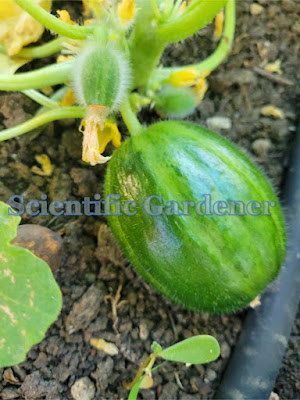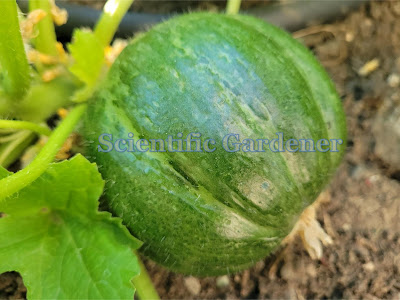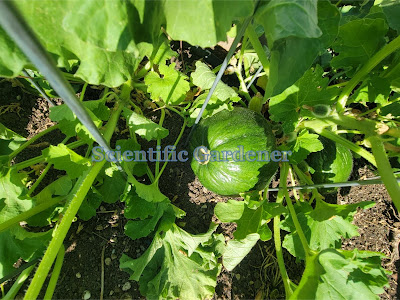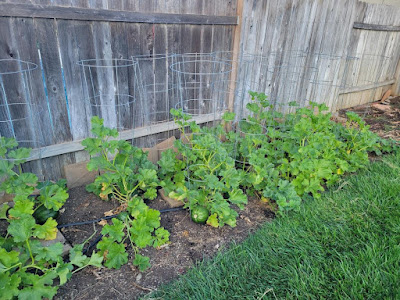If the grower had any questions about the vigor of the Cretan cucumbermelon, it was started in March in the greenhouse and, after acclimating to the girl’s garden, it continued producing fruit all the way through August. Starting out as an early variety and producing until very late in the season is quite a feat for any cucumber variety.
The fruit itself is a light green well scalloped, mildly fuzzy fruit. Very similar to the Mezzo Lungo varieties from Italy, but with a much juicier flesh and much less fuzz. Besides that, the fruit shape and length were very consistent. This is not too common in otherwise unknown varieties. The fact that both vigor and consistency were present in this one variety was very positive. Even the seed that I harvested was of very high quality. With everything going for it, I hope that the Cretan cucumbermelon will be one that I will continue growing well into the future!












































































